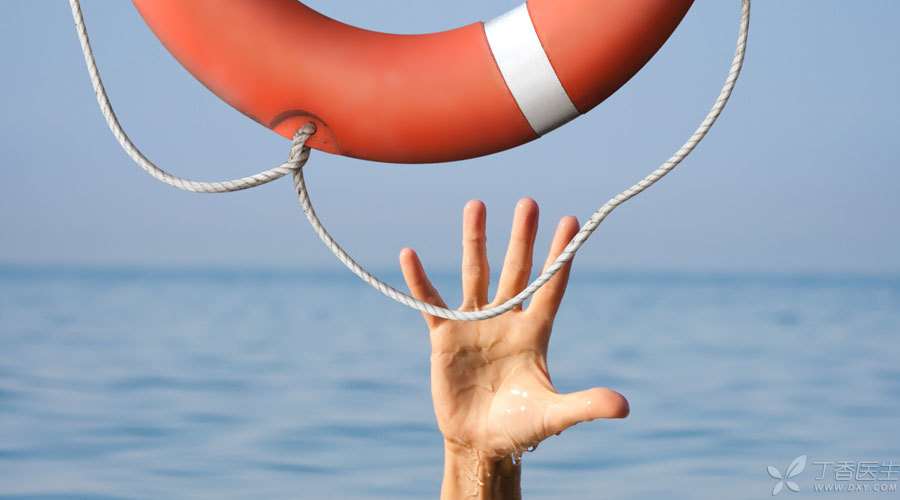
About 40 people die of drowning every hour in the world, but among these drowned people, if they can save themselves or be saved correctly when accidents occur, a considerable number of people can have avoided tragedies.
Therefore, whether you go swimming or not, whether you like to go to the seaside to play with water or not, it is necessary to master some first aid skills when drowning occurs.
Self-help: Ensure ventilation,
Principle: Take all feasible methods to expose your head intermittently to the water for ventilation.
First, people who cannot swim drown, how can they save themselves?
Calm down!
1. Let your body float on the water as much as possible, waiting for others to rescue you.
2. If there is something around you that can be grasped, pulled or helped, grasp it quickly and use your strength to surface.
3. If there is nothing to grasp, you must rely on certain skills to float on your own:
Jellyfish drift
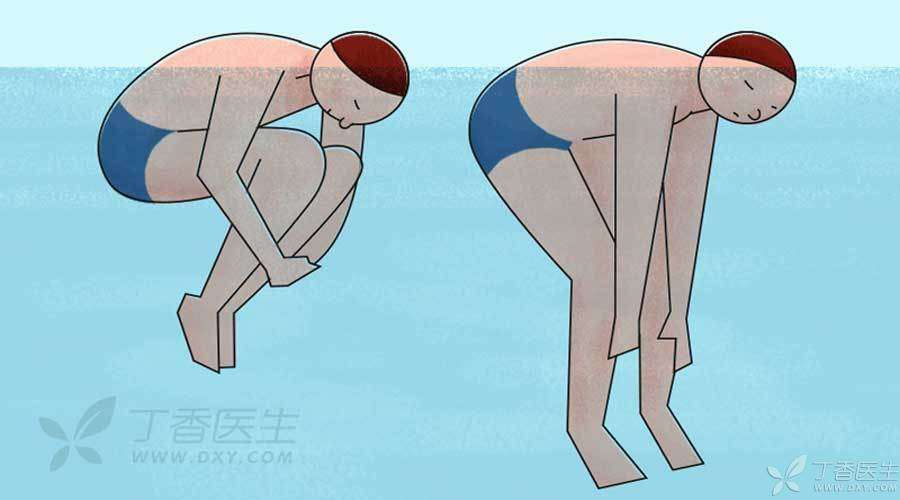
Note: Intermittent ventilation is required, i.e. Both hands are extended forward to the forehead, water is pressed downward and outward, and water is clamped back and forth on both feet at the same time. Use the reaction force of water to raise the head and inhale instantly, and then continue to retract in a [jellyfish drift] state.
Defects: It is difficult to breathe, and it is difficult for people who have just started to learn swimming to breathe freely in this critical situation.
Drift upside down
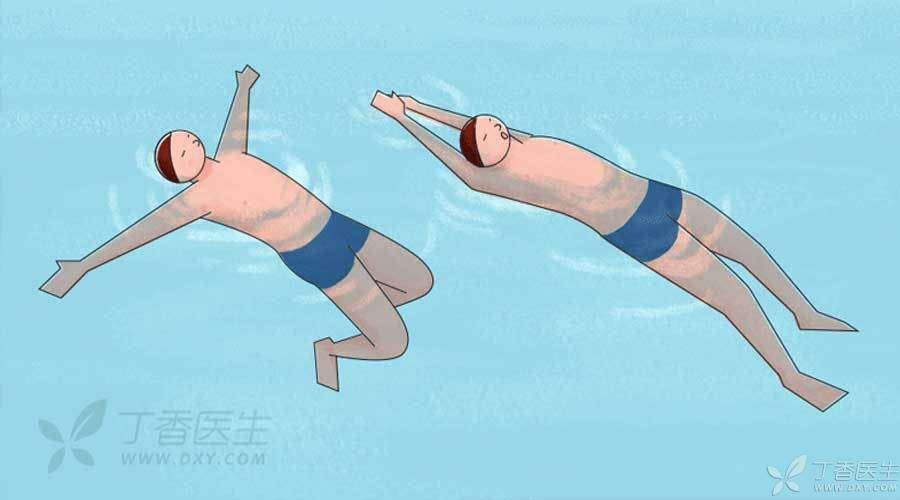
Note: Keep your head back as far as possible, with your mouth and nose facing up, above the water, exhale through your nose and inhale through your mouth.
Defects: It is difficult for people who have just started to learn swimming to master their balance.
4. When taking a breath, breathe lightly and inhale deeply.
5. When someone comes to the rescue, he must listen to the instructions of the rescuer and do not yank at the rescuer.
Of course, the above method is only applicable to the most ideal situation. For people who cannot swim, any floating technology is pale in case of drowning, and they will basically fall into a state of blank brain and fluttering blindly in the water instantly.
According to the actual cases of drowning and successful self-rescue, few people will float themselves through floating technology when falling into the water. Most of them encounter things like stones at the bottom of the water in the process of sinking and push hard to return to shallow water or surface.
Note:
For those who cannot swim, the best way to save themselves from drowning is to prevent them in advance:
1. Participate in relevant swimming training and learn [jellyfish drift] and [back drift].
2. Don’t go to rivers, lakes and seas without protective measures to play with water, remember [one slip and one eternal regret].
Second, people who can swim drown. How can they save themselves?
Calm down!
1. Cramps in hands and feet
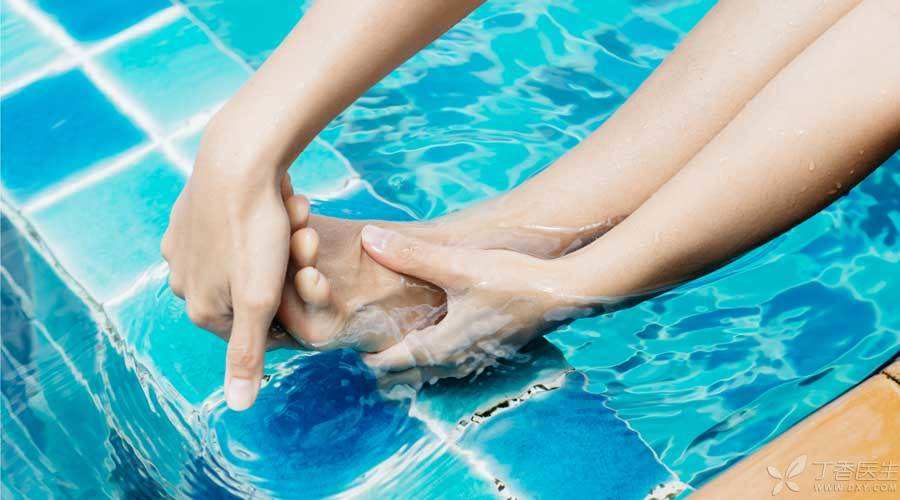
If it is a leg cramp, swim to the shore as soon as possible under the condition that you can stick to it. Or catch the floating objects nearby.
If there is no way to continue swimming, take a deep breath, dive into the water, try to break your feet straight, try to kick them out again, try to keep your legs straight (although unlikely), and keep pushing until the cramp slowly relieves.
If your arm cramps (usually fingers), immediately hold your hand into a fist, grasp it repeatedly, and then open it hard until the cramp no longer exists. At this time, you can choose to float on your back on the water.
2. Be entangled in aquatic plants, etc.

Don’t struggle hard and kick around, which may only make the aquatic plants tighter.
See if there is anything around you that you can grab. If there is, grab it so that you can surface. If there is someone nearby, ask for help as soon as possible. If there is no one nearby, the most effective way is to take a deep breath, dive into the water, untie the aquatic plants wrapped around your legs and feet, and then come out quickly.
Note:
1. People who can swim drown, usually because they have cramps or are entangled by aquatic plants, but because they know some water, when accidents occur, they can often float on the water temporarily. At this time, if there are people around, they must shout for help, not carelessly, and save themselves for specific reasons.
2. For people with cramps, after the first attack, the same part may attack again, so after the cramp is relieved or eliminated, it is better not to continue swimming, but to go ashore directly and do massage and hot compress.
He Saves: Ensure Your Own Safety
Principle: For rescuers, they should consider how to rescue drowning people at all times on the premise of ensuring their own safety. Rescue that can be carried out on shore will never be carried out in water. During the rescue process, ensure that the rescued person’s head is exposed to the water and can breathe normally.
I. Shore Rescue:
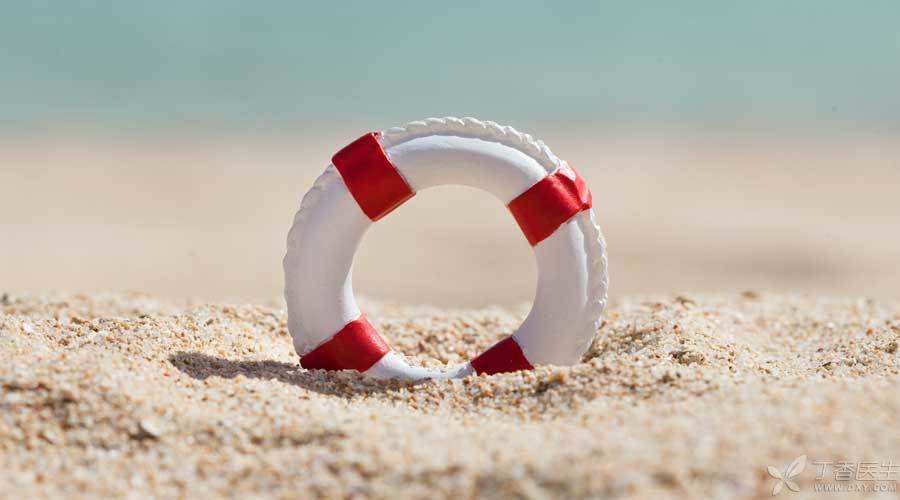
Pass (throw) any floating objects (such as life buoys, long rods or one end of long ropes) that can be used around to the drowning person and pull them ashore.
This method is more suitable for rescuers who cannot swim, or those who can swim but have no underwater rescue experience.
Second, water rescue:
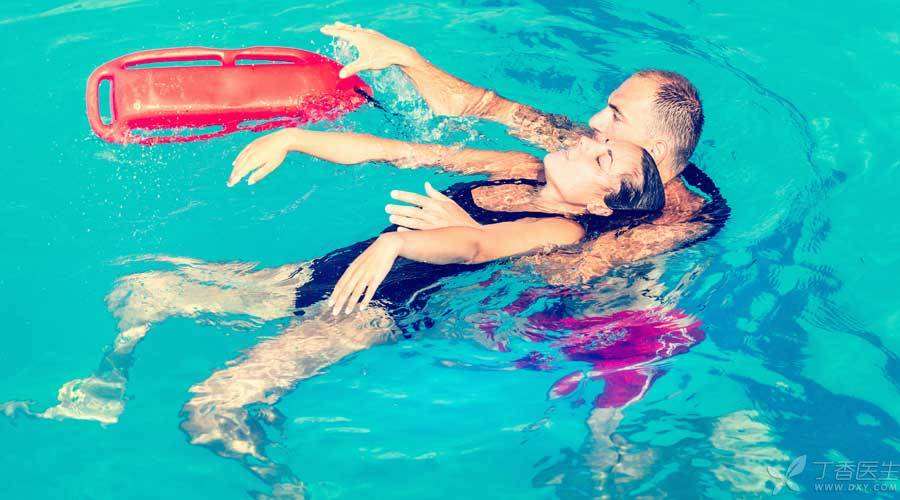
1. Approach from the rear of the rescued person, then drag his armpit or chin from the back or side to expose his head to the water, then backstroke forward and take him ashore;
2. Approach from the rear of the rescued person, pass one hand through his armpit, embrace his chest, expose his head to the water, and then swim sideways.
The water rescue method is only applicable to rescuers who have received professional training in water rescue.
Note:
Water rescue is a rescue method with certain risks, and a little carelessness will lead to drowning with the rescuer. Therefore, in the rescue process, special attention should be paid to approaching from the rear of the rescued person to prevent him from entangling!
Regardless of the drowning in what’s case, it should be remembered that after the drowning person was rescued ashore, the matter was not over.
Some drowning people have fallen into a coma and even have no heartbeat or breathing, so after rescuing them ashore, they should immediately judge their vital signs, keep breathing smoothly and remove sewage, mud, weeds, etc. from their nose and mouth. For those without heartbeat, cardiopulmonary resuscitation should be carried out immediately in a safe area on the shore and 120 ambulances should be called at the same time.
